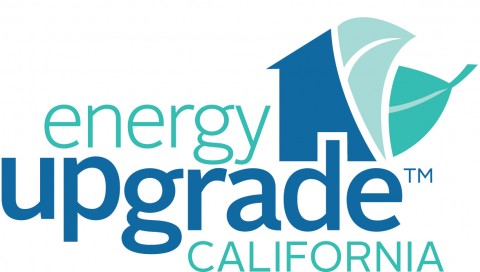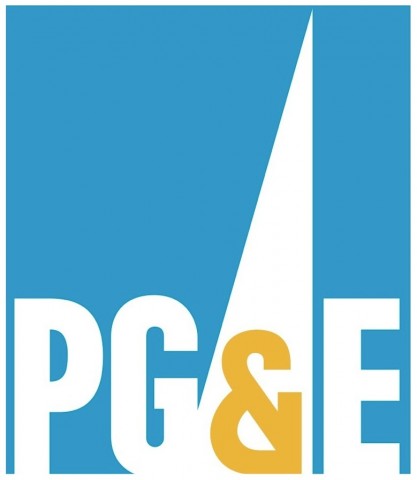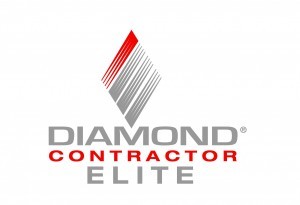Environmental Stewardship. A conversation with SMUD’s Home Performance Program Manager.

Spreading the Word on Public Safety Power Shutoffs
Duane Knickerbocker and Bill Small dig into the local community scene with a conversation on the Public Safety Power Shutoffs and how that message is being disseminated in the community. This is a great and necessary outreach to keep homeowners aware of what they can do for prevention first, then power second. Generators, batteries, solar are all topics of the discussion. Those necessities, or bare essentials are individual to each consumer. The consensus is that a PSPS could be, on average, two to three days. Very important if you’re one of the families affected.
What about SMUD Benefits?
I’ll bet you didn’t know why SMUD might be different than PG&E with regard to Public Service Power Shutoffs. Michael Corbett tells the story. The conversation then drives straight into time of use billing and how you should actually save on the program and how it’s going to benefit in Winter with little to slight impact in the Summer if you pay attention to the peak hours.
Electrification and Rebates
The discussion continues with Michael Corbett talking more about why utilities give rebates to use less of the service. You’ll even hear about a big decision you’ll have to make when you purchase your electric vehicle. It has to do with saving money so you’ll want to hear it. Now, about those rebates…why. Start with carbon and emissions reduction. Environmental Stewardship is critical and knowing demand will likely continue to grow, managing it today preserves the future and in the long run, reduces cost to the consumer. This allows each customer to make choices to meet their specific needs to their best advantage. Electrification will be more and more significant in the future and now is the time to get educated.
Go Small Solar Case Study
The case study here is one that literally took advantage of every energy upgrade and rebate available including solar. It’s a compelling story that starts with a solar only option to reduce the expense. You’ll hear how this turned out to be a terrible option. Then, after a home performance evaluation, the steps were taken to completely upgrade the home. The outcome is nothing short of remarkable. Originally bid at 45 solar panels, after all the upgrades were complete, the final solar panel count was 16! 29 panels less mean roughly $30,000! And that does not include all the rebates!







